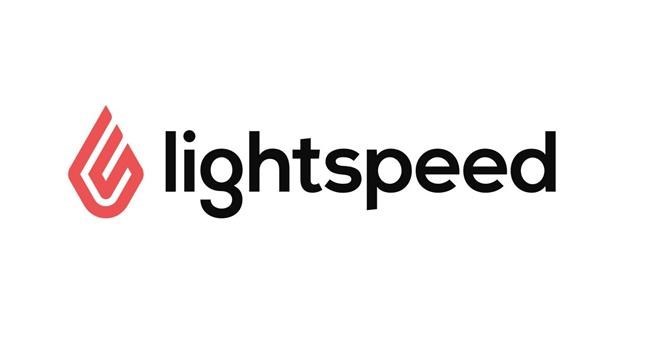Lightspeed Commerce Inc. reported a loss of US$114.5 million as the COVID-19 pandemic hampered its fourth quarter, but the company is optimistic shifts in consumer spending habits that come with the health crisis easing will help it recover and even reach profitability.
The loss reported by the Montreal point-of-sale technology company on Thursday compared with a loss of US$42 million in the same quarter last year.
"It was a tale of two quarters in Q4. January and February saw the effects of Omicron disrupt our selling efforts and our customer volumes," said Brandon Nussey, the company's chief financial and operating officer, on a call with analysts.
"But as restrictions eased, we saw our best month ever in March in terms of new locations added and new business brought into the company. This gives us optimism as we look ahead to a post-pandemic world."
The quarter ended March 31 is typically the slowest for Lightspeed's clients because they process lower sales volumes after the busy, previous holiday shopping season.
This time, the quarter also encompassed a period where Canada and many other countries were slowly starting to lift measures imposed to quell the spread of COVID-19.
Many of Lightspeed's restaurant, retailer and hospitality clients were thus allowed to welcome increasing numbers of customers back to their brick-and-mortar locations, necessitating point-of-sale technology.
Lightspeed is particularly exposed to the effects of the pandemic because most of its gross merchandise value — a metric measuring the value of products sold through its technology — is derived from physical retail, said JP Chauvet, Lightspeed's chief executive, on the same call as Nussey.
"Simply put...the pandemic was not our environment," he said.
But Chauvet is seeing the retail environment change in Lightspeed's favour.
Restaurants are fully-booked again, GMV is rebounding and purchases that people took online are moving back to brick-and-mortar channels, Chauvet noticed.
There are also a slew of entrepreneurs toying with new concepts and restaurants after having to shut down businesses during the pandemic. Chauvet believes they will deliver new business.
"I don't know of any restaurants here who would use a legacy system," he said. "They'll go towards platforms like Lightspeed as they open their operations, so (I'm) feeling really good."
These trends have Lightspeed predicting that it will reach adjusted EBITDA break even by the end of March 2024 and achieve revenues between US$740 million and US$760 million in 2023. Revenue for the first quarter of its 2023 financial year is expected to be between US$165 million and US$170 million.
However, there are challenges ahead.
Within the durable goods category, people shifted away from purchasing bikes, sporting goods and home improvement products, and toward spending money on fashion, apparel and hospitality.
Then, there are stock woes that have festered since Spruce Point Management accused Lightspeed of hiding massive inflation and misleading investors around its growth potential in September. That contributed to a steady plunge for Lightspeed's stock, which had hit a 52-day high of $165.87 in September, but sat at $26.49 in mid-morning trading on Thursday.
Exacerbating the plunge is a fall in tech stocks that is being seen across the sector as much of the globe returns to pre-pandemic pastimes and thus, spends less time online, and a tight labour market, which has pushed companies to have to sweeten employee compensation and benefit packages.
"What's happened in the broader stock market and the downstream effect of that, Lightspeed certainly not been immune to that," said Nussey.
"Having said that, we've been pretty pleased with our ability to attract and bring in new folks."
Lightspeed announced Thursday that Rani Hammond recently joined as chief people officer and Asha Bakshani will replace Nussey as chief financial officer. Nussey will hold onto his chief operating officer role.
The appointments came as Lightspeed, which keeps its books in U.S. dollars, said its loss amounted to 77 cents per diluted share for the quarter compared with a loss of 34 cents per diluted share a year earlier.
Revenue for the fourth quarter of its 2022 financial year totalled US$146.6 million, up from US$82.4 million a year ago.
On an adjusted basis, Lightspeed said it lost 15 cents per diluted share in the quarter compared with a loss of 10 cents per diluted share in the same quarter last year.
This report by The 91ԭ�� Press was first published May 19, 2022.
Companies in this story: (TSX:LSPD)
Tara Deschamps, The 91ԭ�� Press
Note to readers: This is a corrected story. A previous version included a misspelling of Rani Hammond.



